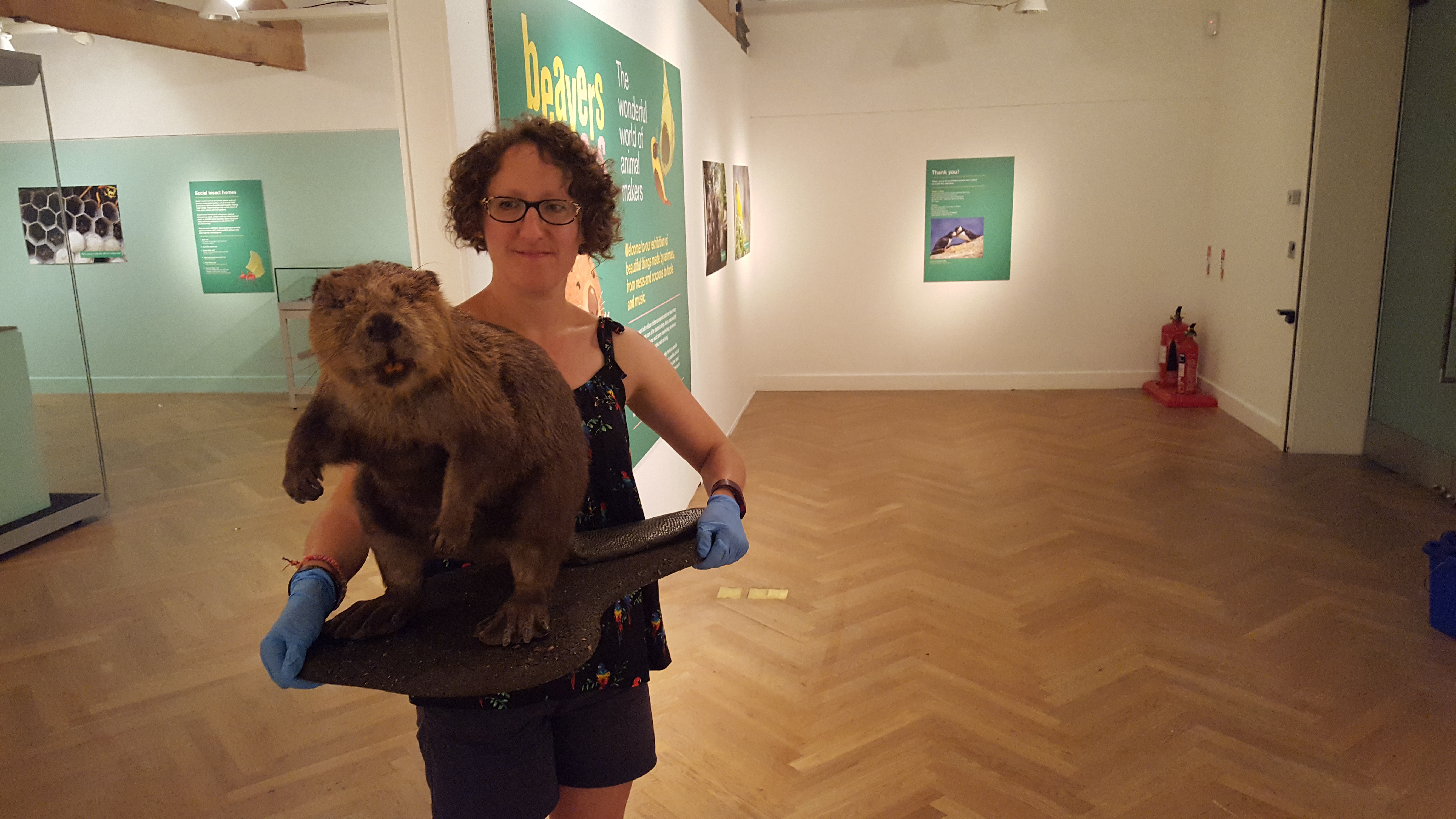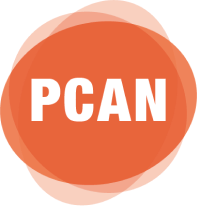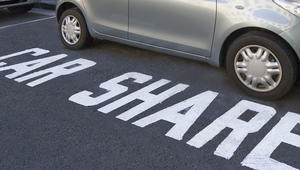Temporary exhibitions can make a huge demand on resources. Making them happen often means using lots of materials, many of them for bespoke elements necessary to each exhibition.
In July 2018 Leeds City Museum opened an exhibition exploring and celebrating the beautiful things made by animals. ‘Beavers to Weavers: the wonderful world of animal makers’ aimed to showcase the way in which animals often use what they find around them, and use resources only according to their need. This made it an ideal fit for us to look at how we were using resources, and how we might be able to make some changes.
From the outset we knew that we wanted to deliver this exhibition differently to our previous projects. We put sustainability at the heart of our practice. This meant devising our own principles for the project, undertaking all development work with these in mind, and constantly evaluating our plans against these principles. Here’s a selection of some of the things we did:
•Sustainability was written into our design brief, and we asked all respondents to illustrate how they would help us to meet these aspirations. We also asked them to propose materials so that we could understand how they might be able to work with suppliers to source suitable materials. We used cardboard for all of our graphics, meaning they were both recycled and fully recyclable after the exhibition.
•We sourced all of our paint from Seagulls Reuse, using recycled where possible. Buying from Seagulls meant that we were supporting a local social enterprise.
•We made our own paper from scrap paper generated by the museum service, to use in craft activities and for an installation.
•We printed some of the labels for the exhibition on an original Albion printing press, part of the collections at Leeds Industrial Museum. This used the homemade paper, and printing blocks otherwise lying redundant in our object stores. By using part of our collection which can withstand such use, we are also able to make our collection more sustainable. We can demonstrate the object’s use to our visitors, and engage them with its purpose and function rather than just presenting it as a type example of a historic object.
•The activities in the gallery used materials sourced from Scrap, a creative-reuse supplier. All of the materials they sell have been donated, and would otherwise be destined for landfill. Sourcing materials from them also enabled us to support another local social enterprise.
We also wanted to use the exhibition to develop our relationships with community groups, building more sustainable audiences for the museum. A number of the installations in the gallery were the result of working with community groups. This included a termite mound, which is a nice example of individuals cooperating to build something beautiful, together. The mound was created using the homemade paper, as well as other recycled paper, and old exhibition panels.
The printing was completed by our Curator of Natural Sciences and Assistant Community Curator at Leeds Industrial Museum working with groups including Peer Support (for people living with dementia) and Pyramid of Arts, as well as visitors to both Leeds Industrial Museum and Leeds Discovery Centre.
This exhibition subsequently won a prestigious Museums Change Lives award - read the story here.
By Ruth Martin, Exhibitions Curator at Leeds Museums & Galleries. This blog first appeared in The Secret LIves of Objects






